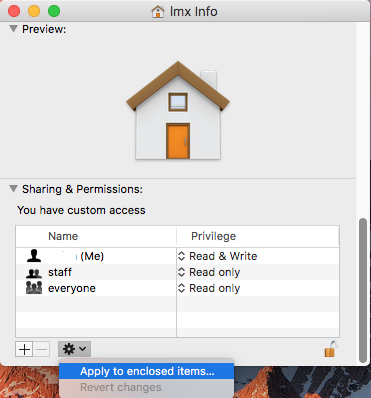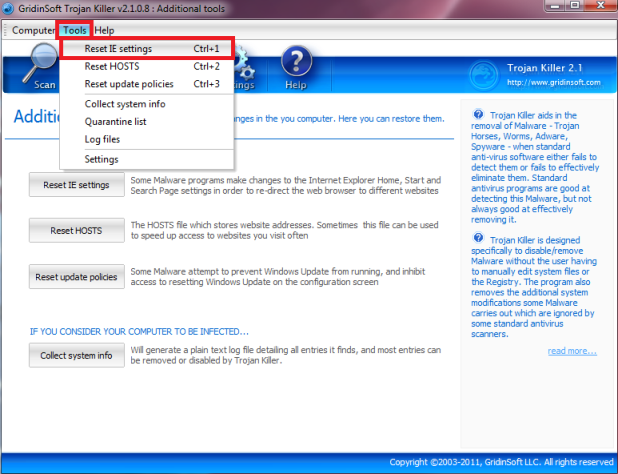

- #Permissions reset hosts install#
- #Permissions reset hosts full#
- #Permissions reset hosts Offline#
- #Permissions reset hosts windows 7#
If you want to review it later, you can create a LogFiles folder and append The script will generate a lot of output. Additional script sections work on UserProfiles\%1 and UserProfiles\%1.V2. Subinacl.exe /noverbose /subdirectories UserDocs\%1\*.* /setowner=%1
#Permissions reset hosts full#
REM Grant Full permissions on folder and subfolders to Administrators, SYSTEM, and the userĬacls UserDocs\%1 /T /E /P "Administrators":F REM Recursively assign ownership to Administrators.
#Permissions reset hosts windows 7#
My environment has the following physical folder structure:ĭ:\RoamingProfiles\UserProfiles\User01.V2 – used by new Windows 7 profile folder redirectionĭ:\RoamingProfiles\UserProfiles\User02.V2 The Scriptīased on that structure, I created my script in the D:\RoamingProfiles folder, and assumed it would be run with a single parameter, the %UserName%. This hopefully takes care of the odd permission on some profiles where the user has full access to the top folder only.Using / G on that kind of folder generates errorlevel 13 and the message "The data is invalid". Teachout recommended the /G parameter to grant permissions, I had better luck with the /P parameter to replace permissions. For permission assignment, you can use the built-in cacls utility.
#Permissions reset hosts install#
However in order to assign ownership back to end users, you’ll need to download and install subinacl. You can use the built-in utility takeown to assign ownership to Administrators.Starting from Richard Teachout’s article, I came up with the following approach. While it is possible to do this in the GUI, if you need to do it for lots of users, you’ll want to develop a script. If you need to reset permissions on a user folder, you will first need to take ownership of the entire folder, then reset permissions, then assign ownership back to the user. If you run into permission issues, first make sure your parent folder permissions are correct as defined above. All permissions apply to This folder, subfolders and files. We’ll look at resetting them in script below. These permissions are set automatically when the system creates a profile. (*) Although documented to include This folder, when I set that permission, for some reason the system changes it to Subfolders and files only, the same as for the roaming profile. List Folder/Read Data, Create Folders/Append Data – This folder only (*)įull control, This folder, subfolders and files Optimize for performance is checked.įull Control, This folder, subfolders and files.

No files or programs from the shared folders are available offlineĪll files and programs that users open from the shared folder are automatically available offline. With that background, here’s how I set up my two server shares: Share Setup
#Permissions reset hosts Offline#
Folder redirection does not do its own caching, so Offline File Caching should be allowed or even forced (“autocaching”).

So I want to check/reset permissions on both. I set up folder redirection to reduce logon delay when using roaming profiles (as recommended here). What should the permissions be, and how do I fix them?įirst I should mention that I consider roaming profiles and folder redirection to be two sides of the same coin. In spite of following the Microsoft migration guide, Migrate Server Roles to Windows Server 2008 R2, users were unable to access their roaming data after the migration. I recently migrated a Server 2003 domain controller to Server 2008 R2. One of the biggest challenges of working with roaming profiles and folder redirection is setting permissions on the shared objects.


 0 kommentar(er)
0 kommentar(er)
